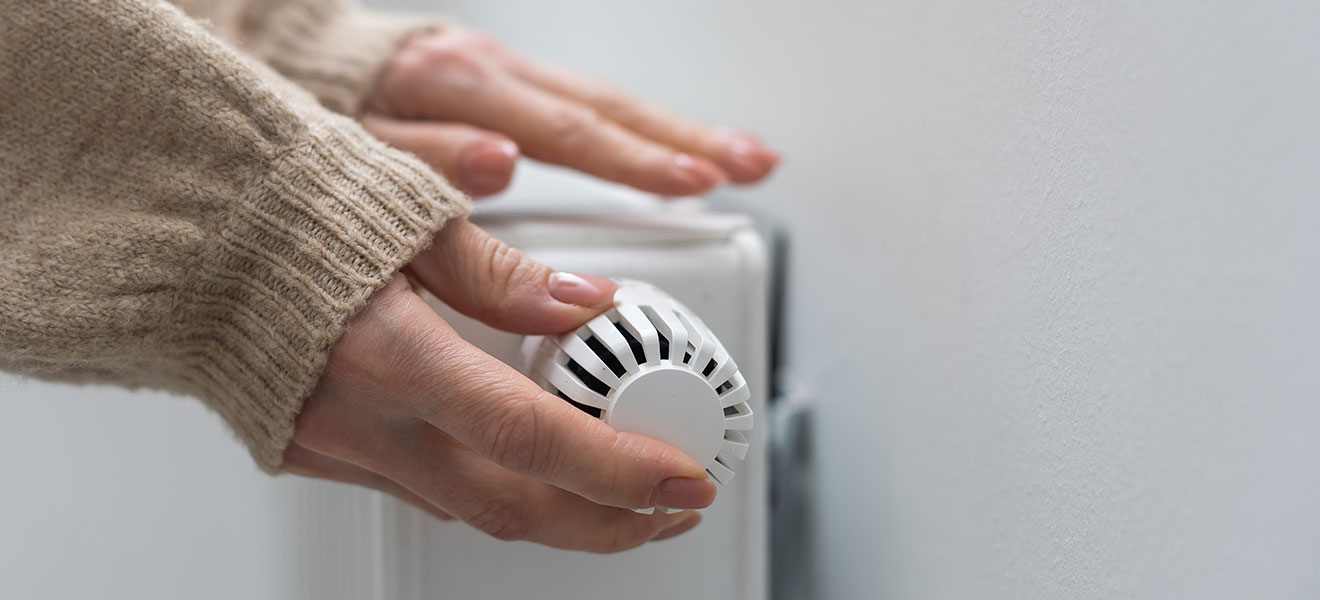Biofilm – an invisible hazard with high corrosion potential
Biofilm-induced corrosion is a special form of material damage in which microorganisms play a central role. While corrosion was long associated exclusively with metallic surfaces, current findings show that plastics can also be affected. This form of corrosion poses a growing risk, particularly in hot water circulation systems and complex pipe networks.
1. Origin and formation of biofilms
Biofilms develop when microorganisms colonise damp or permanently wet surfaces. The germs often originate from raw water and find ideal conditions for reproduction in pipes, fittings and containers. Favoured by suitable temperatures and nutrients, a slime-like matrix forms in which the microorganisms organise themselves into complex communities.
Within a biofilm, there is a balanced equilibrium of different types of bacteria that stabilise each other. The microorganisms can spread throughout the system and form new colonies in new locations. It is estimated that up to 99% of the germs in a distribution system live in biofilms rather than in the water.
2. Chemical processes and corrosion mechanisms
Biofilms not only influence the microbiological water quality, but also the chemical properties of the environment. In particular, sulphate-reducing bacteria such as Desulfovibrio vulgaris contribute to corrosion. These microorganisms use sulphates as electron acceptors and convert them into hydrogen sulphide in the absence of oxygen.
The resulting hydrogen sulphide reacts with iron ions and leads to the formation of black iron(II) sulphide:
Fe2+ + HS− → FeS + H+
3 Fe2+ + 6 H2O → 3 Fe(OH)2
This process is not only visible due to the black discolouration, but also recognisable by the characteristic smell of hydrogen sulphide. Corrosion occurs primarily in oxygen-deficient areas, e.g. in dead ends or poorly flowing pipes.
3. Corrosion on plastics
Recent studies show that plastics can also be affected by biofilm-induced corrosion. Certain microorganisms use plasticisers and other organic compounds in plastics as a source of nutrients. This leads to a gradual degradation of the material structure.
The result: the plastic becomes porous, loses stability and can become brittle or cracked. This can lead to significant technical and hygienic problems, especially in drinking water or heating systems.
4. Prevention and practical implications
To prevent biofilm-induced corrosion, regular maintenance and cleaning of piping systems is crucial. Continuous monitoring of water quality and targeted measures such as flushing, thermal disinfection or the use of suitable materials can also help.
Particular attention should be paid to this issue in industry, hospitals and public swimming pools, where high hygiene standards apply. This is because the consequences of biofilm-induced corrosion range from economic damage to health hazards.
 DE
DE  EN
EN 
